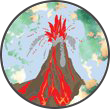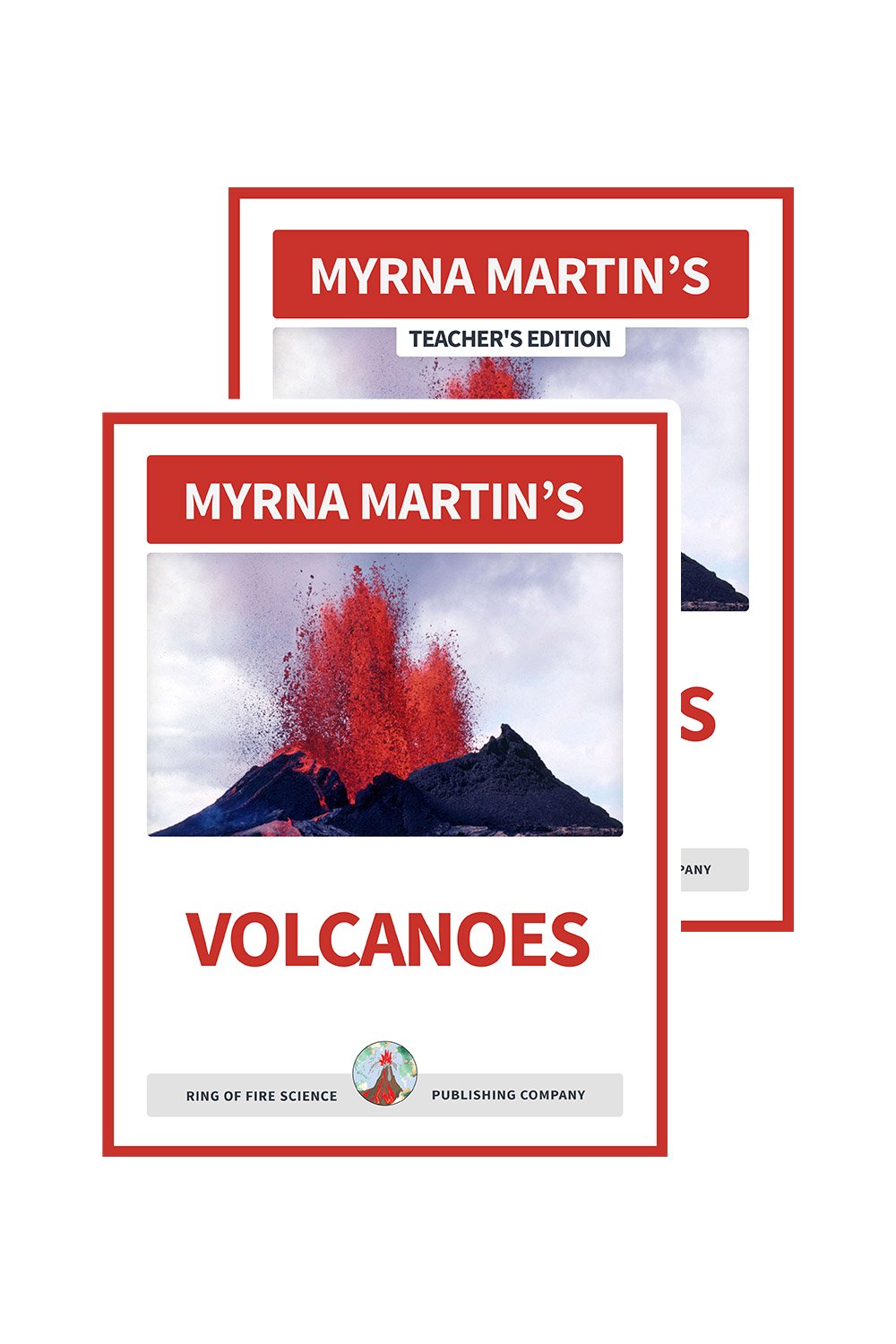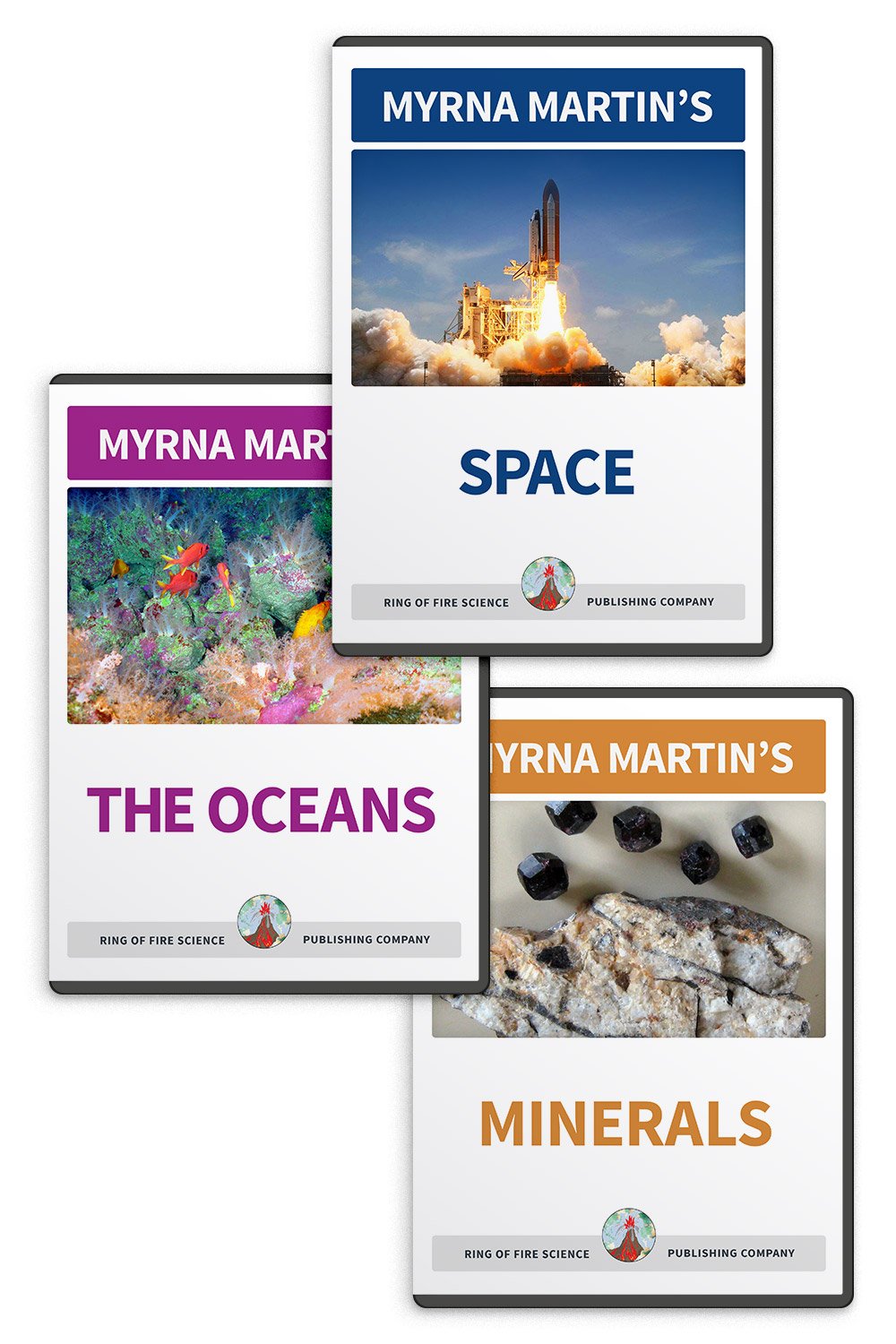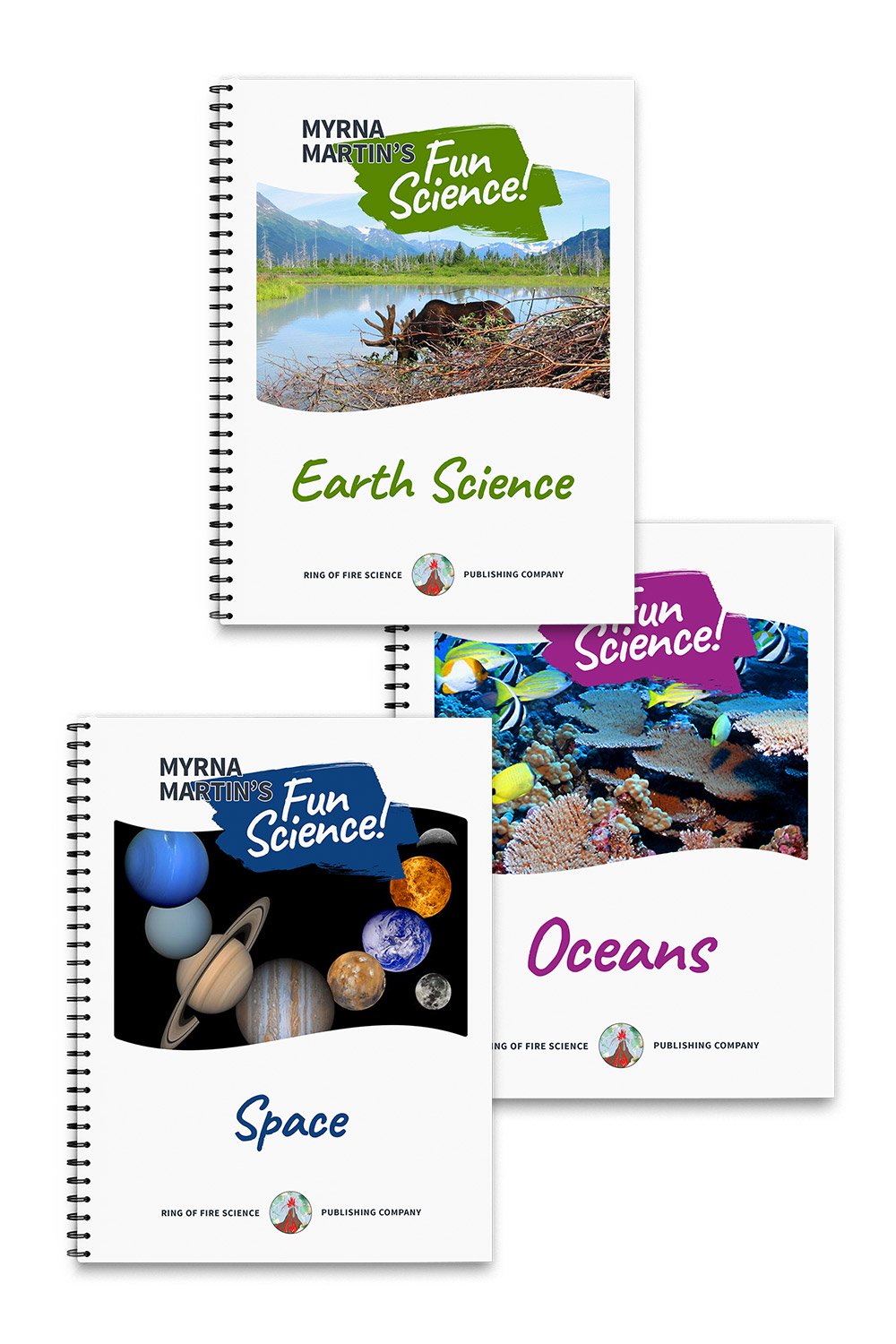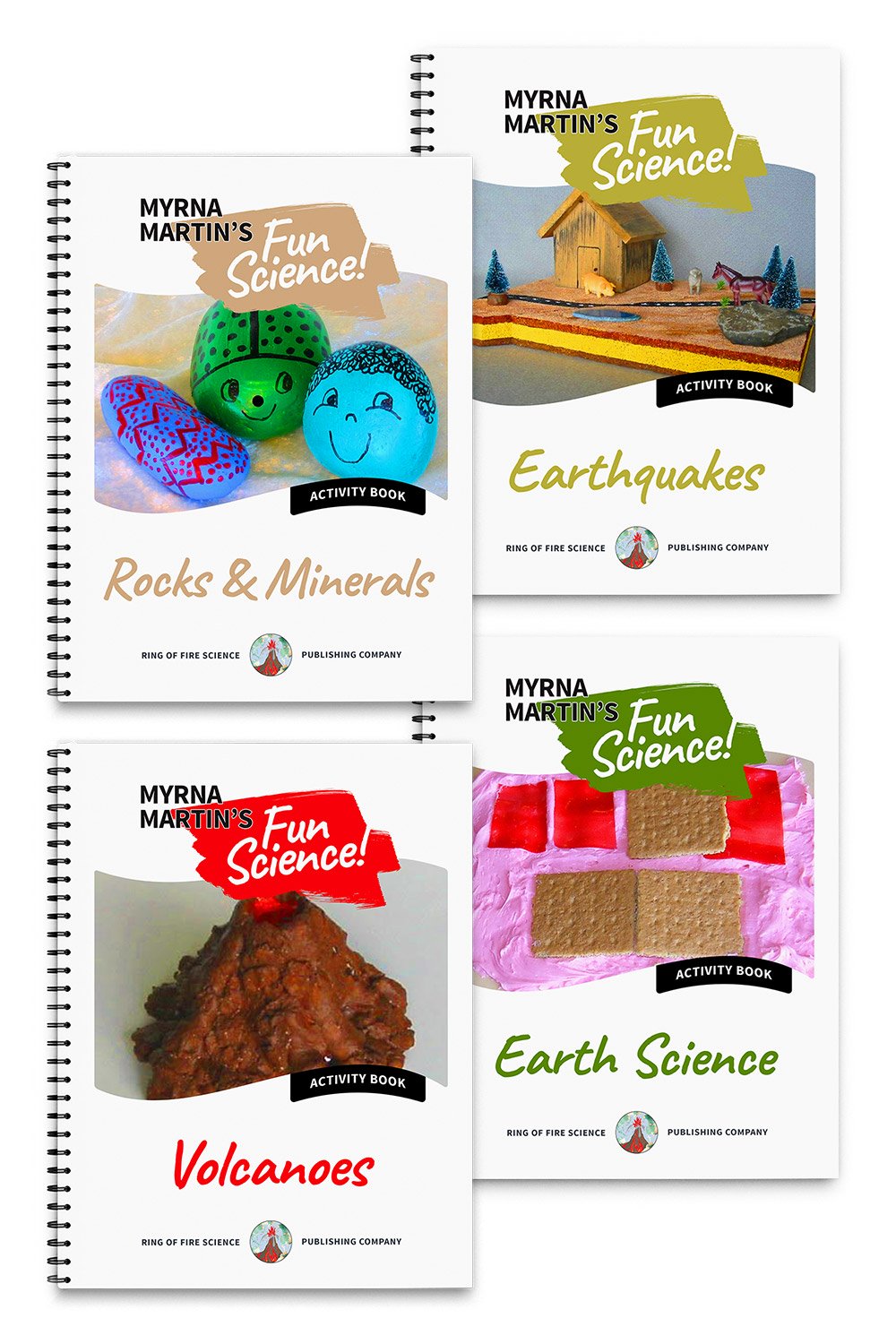Earthquake Zones
Surround Tectonic Plates
Earthquake zones outline tectonic plate boundaries. Divergent plant boundaries produce small earthquakes that are detected by seismographs but not felt on land.
Convergent plate boundaries are associated with large earthquakes like the March 11, 2011 Japanese earthquake that caused tsunamis. Transform boundaries such as the San Andreas Fault may have large and small earthquakes.
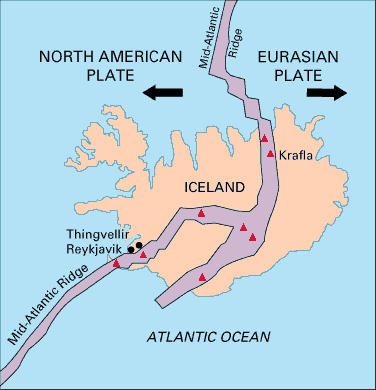
Divergent plate boundaries
Crustal plates that are separating create a series of fault zones at divergent boundaries. As the plates move apart the rocks fracture in different areas along the fault line.
The Mid-Atlantic Ridge is an example of a divergent boundary. Because of the curvature of the Earth there are short divergent fault zones connected by transform boundaries that make up this master fault zone that runs from north of Iceland into the southern Atlantic Ocean.
Subduction zones, convergent plate boundaries
Subduction zones are convergent plate boundaries. The boundary is always between an oceanic plate and a continental plate or another oceanic plate. The oceanic plate that is subducting is being recycled in the upper mantle.
The rocks along the fault line sometimes become locked. When the pressure is so great the rupture can be along a thousand or more kilometers of fault line. The 2011 Chilean earthquake was a subduction zone earthquake that also produced tsunamis in the Pacific Ocean.
Transform boundary
Transform boundaries are zones where two plates slip past each other horizontally. These faults create many small shallow earthquakes along the entire length of the fault line. The San Andreas Fault is a transform fault in California.
The 1906 San Francisco earthquake was generated by a transform fault. The west side of the fault moved northward during the quake north of San Francisco 21 feet. The rupture was 296 miles long.
More Earthquakes Links
Primary Waves Find out about primary waves which are the first earthquake waves to reach reporting stations.
Mercalli Scale Find out about the Mercalli scale that measures the intensity of an earthquake rather than its magnitude.
Earthquake Zones Find out more about earthquake zones that outline tectonic plate boundaries where plates are coming together, moving apart and slipping past each other.
1960 Chile Earthquake The 1960 Chile earthquake was the largest of the 20th Century. Find out what causes this great earthquake.
Earthquake Epicenter Find out where earthquake epicenters are located and how they are determined on this webpage.
Alaska Earthquake The Great Alaskan Earthquake was the second largest earthquake of the 20th Century. Find out about the landslides and tsunamis generated during the earthquake.
Earthquake Facts Find out about the discoveries that have been made by scientists using earthquake waves including layers of the Earth and outlining tectonic plates.
Home Kids Earth Science links to all the categories on our website.
KIDS FUN SCIENCE BOOKSTORE
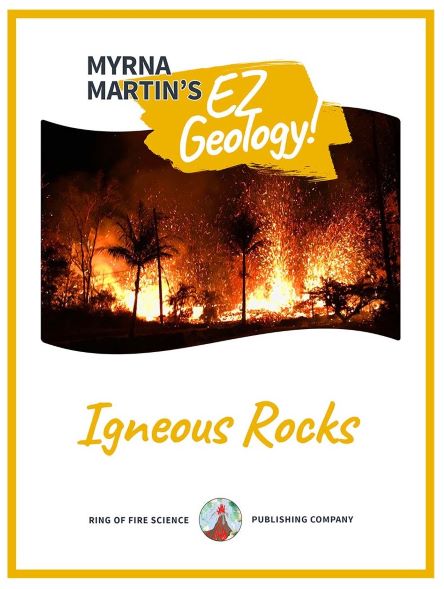 |
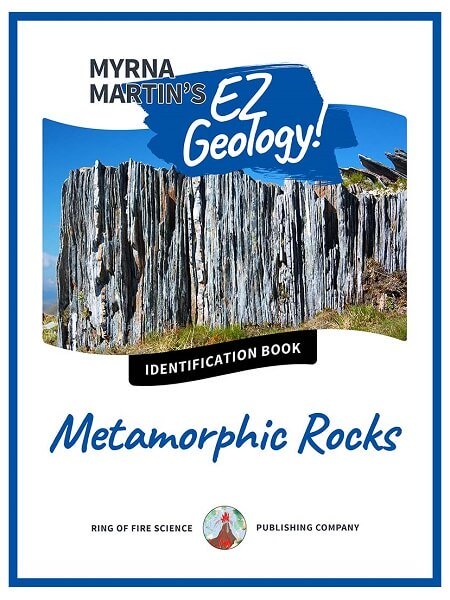 |
Check out Myrna Martin's award winning textbooks, e-books, videos and rock sets. The Kids Fun Science Bookstore covers a wide range of earth science topics. Click here to browse.
Sign up to our monthly newsletter and receive our FREE eBook containing 3 fun activities that don’t appear in any of our other books!
The Kids Fun Science monthly newsletter will include the following: current events, weird and fantastic facts, a question of the month, science trivia and the latest new content from our website.
We respect your privacy and you can be assured that we will never share your email address or use it for any other purpose than to send you our newsletter.


